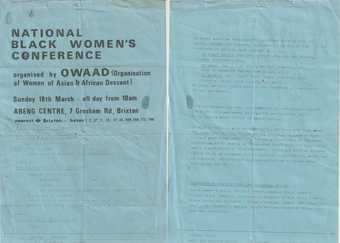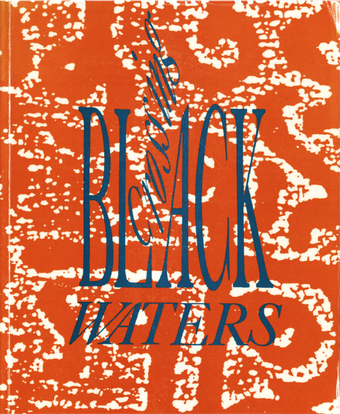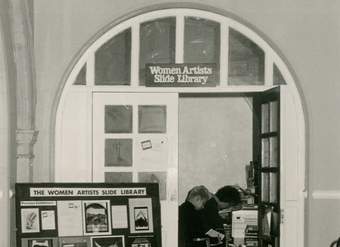
Simone Alexander
Ravings – house ah bun down (in memory of Jean Binta Breeze) 2022
Water-based oil paint on canvas
800 x 600 mm
© Simone Alexander
Janice Cheddie argues that ‘part of understanding the work of women artists and artists of colour is understanding how interruptions shaped their practice. Although their trace in the archive may be broken – it may seem as though these artists have disappeared – they’re actually practicing in different ways, with different collaborations, continuing to work on developing the creative self’.
In conversation with Cheddie, Symrath Patti and Simone Alexander share some of their work, discussing how the themes, mediums and even the scale of their artworks have evolved and adapted over time. Reflecting on their own trajectories, they reject the concept of the oeuvre as a means of understanding and validating an artist’s work, and critique the unrealistic and gendered expectations of continuity it imposes upon artists. Instead, building on Felicity Allen’s concept of the ‘Disoeuvre’, Cheddie, Patti and Alexander ask: How do we understand ruptures and discontinuities in an artist’s practice? How have artists maintained a creative self when grappling with hostility from the art world, a lack of resources, or caring responsibilities; how have they adapted their practices to survive? How do questions of race, gender and inequality, pre-determine the work women of colour are expected to create, and how their work is considered? And how can it prevent a genuine critical engagement with their work, on their own terms?



